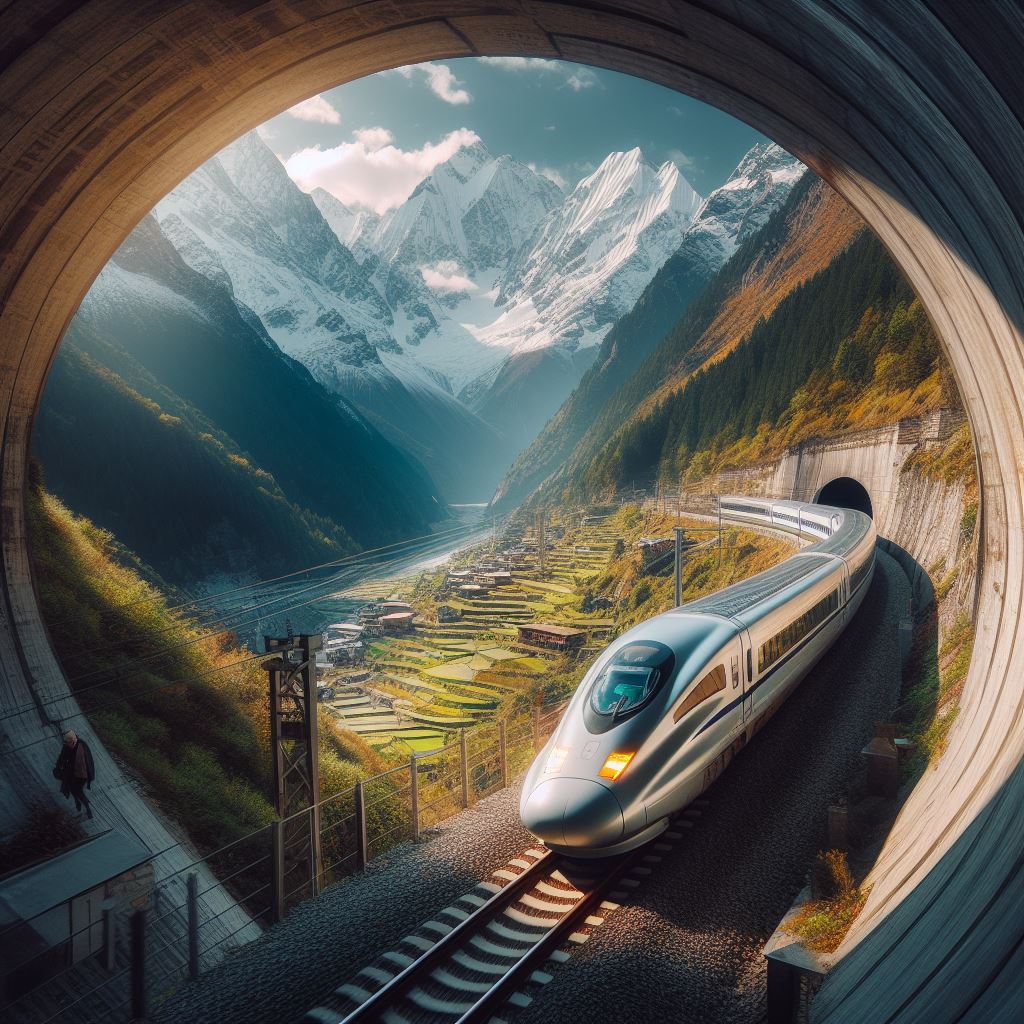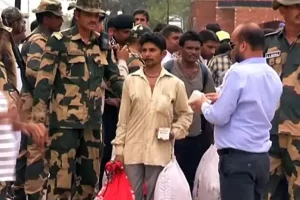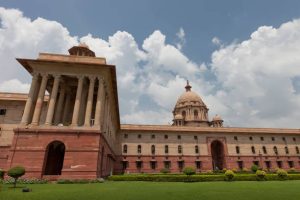India is gearing up to join the elite club of countries that have high-speed rail technology, also known as bullet trains. The ambitious project, launched in 2017 by Prime Minister Narendra Modi and his Japanese counterpart Shinzo Abe, aims to connect Mumbai and Ahmedabad with a 508-km long corridor that will reduce travel time from over seven hours to less than three hours.
The project, estimated to cost ₹ 1.08 lakh crore, is being funded largely by a loan from Japan at a minimal interest rate of 0.1 per cent. The National High Speed Rail Corporation Limited (NHSRCL) is the implementing agency for the project, which is expected to be completed by 2028.
One of the key features of the project is the state-of-the-art bullet train stations that will be built along the route. The Railway Ministry has recently shared the first look of the graphical representation of Surat’s bullet train station, which is currently under construction.
Surat, the diamond city of India, is set to get a sparkling bullet train station that will resemble a diamond in its external facade and interiors. The multi-level station will have a modern design and amenities, and will be integrated with other modes of transport such as metro, bus, and taxi.
The Railway Minister of State, Darshana Jardosh, who represents Surat in the Lok Sabha, shared the images of the station on Twitter and wrote, “Sharing with you all, 1st glimpse of graphical representation of Surat’s Bullet Train station. The state-of-the-art multi-level station will have external facade and interiors of the station resemble a sparkling diamond – the pride of Surat city.
Surat is one of the 12 stations that will be built on the Mumbai-Ahmedabad corridor, which will also include Mumbai, Thane, Virar, Boisar, Vapi, Bilimora, Valsad, Navsari, Bharuch, Vadodara, Anand, and Ahmedabad. The stations will have facilities such as baggage screening, security check, ticketing, waiting area, food court, retail outlets, and parking.
The bullet train will run at a maximum speed of 320 kmph, and will have 10 coaches with a seating capacity of 750 passengers. The train will have two classes – executive and economy – and will offer features such as WiFi, infotainment system, sliding doors, and multi-purpose rooms.
The first bullet train section in India, a 50-km stretch between Bilimora and Surat in Gujarat, will be ready by August 2026, according to the Railway Minister Ashwini Vaishnaw. He also said that the goal is to run the bullet train on a larger section in 2027.
The minister also highlighted the progress made on the project, such as the completion of 100 km of viaducts and 230 km of pier work in Gujarat. He also shared a video of the completed viaducts across various districts of Gujarat on X.
The project also involves the construction of bridges over six rivers, a 21-km long tunnel under the Thane Creek, of which 7 km will be under the sea, and a maintenance depot at Sabarmati.
The bullet train project is expected to boost the economy, generate employment, enhance connectivity, and promote tourism in the region. It is also seen as a symbol of the strong bilateral ties between India and Japan, who have been cooperating in various fields such as infrastructure, defence, energy, and technology.











Add Comment